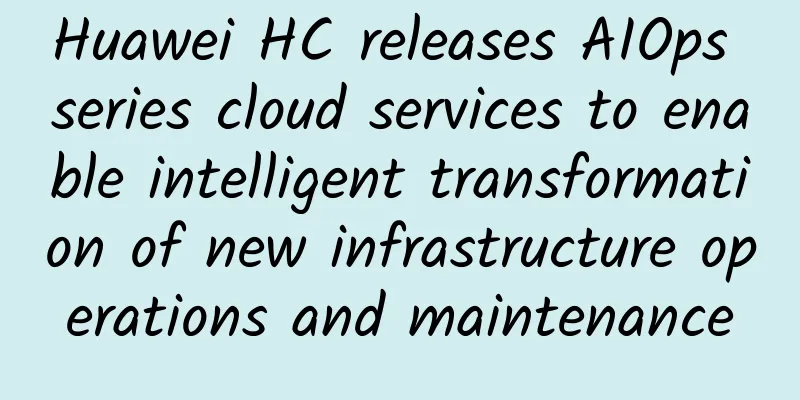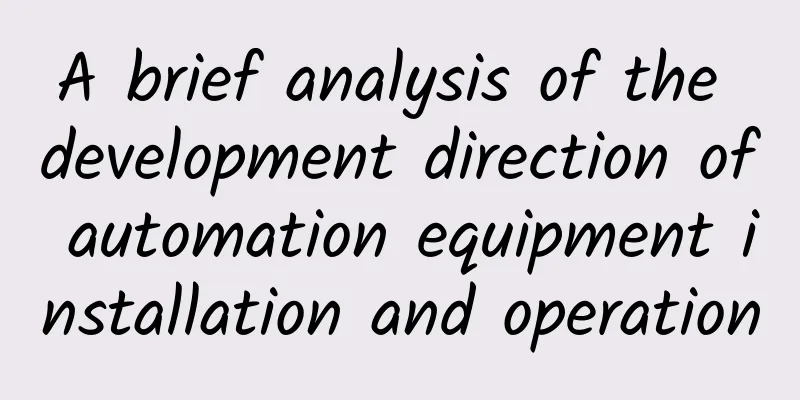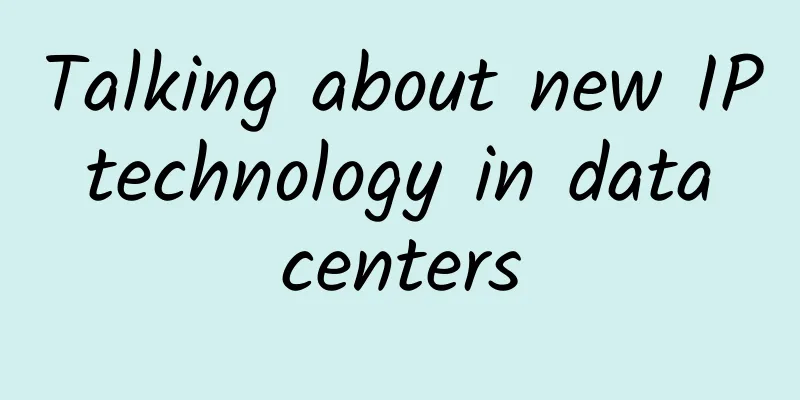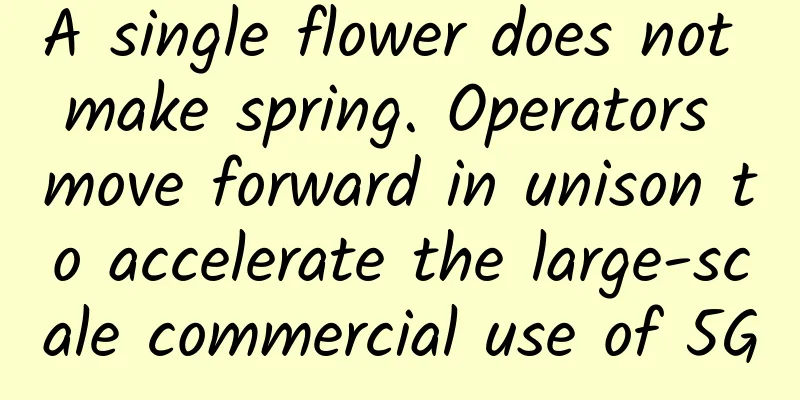Huawei HC releases AIOps series cloud services to enable intelligent transformation of new infrastructure operations and maintenance

|
[51CTO.com original article] On September 25, 2020, the fifth Huawei Connect 2020 Conference successfully entered the third day of the agenda. At the media roundtable, Huawei grandly launched the AIOps series of cloud services, focusing on improving the intelligent operation and maintenance capabilities of telecom operators and enterprise private networks, which attracted great attention from the industry.
Media roundtable press conference site
Cheng Lei, CTO of Huawei's Network Artificial Intelligence Product Department, released the AIOps series of cloud services on site In 2020, with the accelerated implementation of 5G commercialization and "new infrastructure", connectivity, cloud, AI, computing and industry applications have come together unprecedentedly, injecting new momentum into the development of the digital economy. However, while thousands of industries continue to press the "accelerator" for digital transformation, Huawei emphasizes that "to improve new infrastructure, you must first improve operation and maintenance." Especially in the telecommunications industry, Huawei believes that the evolution of operation and maintenance capabilities has become a key factor in whether telecommunications networks can continue to perform effectively. The difficulty of telecom network operation and maintenance is increasing exponentially, and AIOps is given high hopes Huawei's view is deeply recognized by telecom operators. In fact, in the evolution direction of the operation and maintenance support system, "building AIOps platform capabilities and using AI technology to support different operation and maintenance scenarios" has become a trend and consensus for the intelligent transformation of operation and maintenance in the telecom industry. The most critical reason why the telecommunications industry is so actively embracing AIOps is that the existing operation and maintenance bottlenecks can no longer be resolved by simply increasing manpower and training operation and maintenance experts. Moreover, the low efficiency of operation and maintenance has led to a surge in costs, which has greatly slowed down the pace of transformation of operators. Take the launch of new applications as an example. In today's highly competitive market environment, new functional applications must be "fast" first, but many OSS systems in the telecommunications industry are independent, and the launch cycle of new applications is as long as weeks or even months, which obviously cannot meet the needs of market users. Let's take a look at the most common fault location and recovery in operation and maintenance work: in the past, fault diagnosis often relied on personal experience, with low accuracy, and it was often not known that a fault had occurred until the user complained. This is obviously not feasible in the era of 5G new infrastructure, because the network is more complex, and one move affects the whole body. Relying solely on personal experience is not enough to cope with such a complex network situation. The fault handling time is long and the efficiency is low. The pure manual operation and maintenance mode + personal empiricism is really unsustainable. In this situation, AIOps is seen as a "good solution" to resolve the complexity of network operation and maintenance and improve service quality and user experience. The AIOps series of cloud services launched by Huawei not only include fault identification and root cause location services and log anomaly detection services, but also provide KPI anomaly detection services and hard disk anomaly detection services. It can be said that it is tailor-made for the telecommunications industry and enterprise private network users, bringing the operation and maintenance capabilities to a new level. Huawei shares two key points for the successful implementation of AIOps In fact, AIOps is not a new technology. As early as 2016, Gartner officially defined AIOps as a new category of operation and maintenance. At that time, the industry generally believed that operation and maintenance had natural advantages in combination with AI. There was no need for digital conversion, and there were no high requirements for digital sampling. The most important thing was that the logs, configurations, operations, scripts, programs, etc. in the field of operation and maintenance were all automatically generated by computers, which is precisely the strength of AI processing. But after a few years, AIOps has not been as "flourishing" as expected. What is the reason? Huawei pointed out that there are two key points to the implementation of AIOps in the telecommunications field: the first is the need to integrate industry knowledge with AI technology. Only when AI algorithms and industry knowledge in the telecommunications field are truly integrated can we have better model parameters in the telecommunications field and completely solve the problem of poor implementation of general algorithm models in the telecommunications industry. Second, the trend of AIOps capability construction in network operation and maintenance systems is to decouple business and capabilities. AIOps capabilities must be reused, integrated, and supported to adapt to the needs of rapid online iteration and rapid application of operation and maintenance scenarios. Four core functions make Huawei AIOps "a cut above the rest" So, based on Huawei's thinking on intelligent operation and maintenance in the telecommunications field, what is the difference between Huawei's AIOps cloud service? This requires mentioning the four core capabilities of Huawei's AIOps: Core capability 1: Providing rich AIOps atomic capabilities. NAIE AIOps' atomic capabilities cover the entire operation and maintenance process, including prediction, detection, positioning, and execution. Currently, it provides more than 20 atomic capabilities, supporting services such as traffic prediction, KPI anomaly detection, log anomaly detection, CHR anomaly detection, and anomaly correlation analysis. Core capability 2: Combination orchestration and DevOps capabilities. Huawei can help the telecommunications industry customize scenario combination applications with zero coding, such as KPI anomaly detection services, fault identification and root cause location services, log anomaly detection services, and hard disk anomaly prediction. These services have become pre-combined and orchestrated services of Huawei AIOps, supporting operation and maintenance personnel to use them "out of the box". Core capability three: Supporting data connection in the telecommunications field. Huawei's AIOps enabling service provides universal data source connection and standardized data governance components, supporting mainstream operation and maintenance data in the telecommunications field such as KPI, alarm, log, xDR, and also supports mainstream data connection methods of telecommunications operation and maintenance systems such as Kafka, database, file system, and Restful. Core capability 4: Providing scenario combination services. Providing prefabricated typical scenario combination applications around the entire operation and maintenance process (discovery, analysis, and processing) to quickly access the operation and maintenance process. Huawei AIOps enables the intelligent future of operation and maintenance Today, as the core capability of the autonomous driving network AI engine iMaster NAIE, Huawei's AIOps enabling service has been widely used and verified in the wireless, core network, data communication and other network domains of the telecommunications industry. In practice, Huawei AIOps helps operators break the original chimney-style construction method, decouple the application of various professional operation and maintenance systems from AI capabilities, and adapt to the needs of a wide range of operation and maintenance scenarios through AIOps capabilities. In telecommunications networks, the most common scenario is to predict and detect network problems through KPIs. Huawei AIOps can automatically generate dynamic thresholds for each KPI based on historical data through AI algorithms, and provide correlation analysis of abnormal causes. In this way, once a KPI failure occurs, Huawei AIOps can help operation and maintenance personnel quickly locate the fault point, and the model can also perform self-learning and optimization, and continuously evolve and optimize. After a domestic operator adopted the core network KPI anomaly detection service, it was able to identify anomalies 5 hours in advance and actively warn, reducing business losses. Moreover, the location of abnormalities or faults after they are discovered is a difficult point in the operation and maintenance process. How to accurately aggregate multi-dimensional abnormalities, alarms and other events, reduce fault noise, and accurately locate the specific cause? In traditional operation and maintenance, these tasks mainly rely on expert experience or manual analysis, and are limited by analytical computing power and knowledge information, and the effect is not ideal. Huawei AIOps supports intelligent fault location of multiple types of abnormalities/alarms and other events through the integration of AI algorithms and services, and can provide multi-dimensional event aggregation and root cause location for the operation and maintenance team. After actual verification, invalid sites were reduced by 60%, the accuracy of root cause identification was 85%+, and the overall operation and maintenance efficiency was improved by 15%, which made the operator very satisfied. Tractica/Ovum predicts that by 2025, the global telecommunications industry's investment in artificial intelligence software, hardware, and services will reach $38 billion, becoming the largest AI application market. In China, the three major operators have already made arrangements in the field of artificial intelligence. It is believed that with the deepening of new infrastructure, the telecommunications industry is expected to take off again. There is reason to believe that Huawei's AIOps series of cloud services will inject more efficient operation and maintenance support capabilities into the telecommunications industry and accelerate the transformation of the telecommunications industry. [51CTO original article, please indicate the original author and source as 51CTO.com when reprinting on partner sites] |
Recommend
HPE (Aruba) Named a Leader in Gartner® 2022 Magic Quadrant™ for Enterprise Wired and Wireless LAN Infrastructure for the 17th Consecutive Year
Aruba, a Hewlett Packard Enterprise (NYSE: HPE) c...
How will the epidemic affect the development of 5G in China? Will China's 5G fall behind again?
[[313809]] During the 2020 Spring Festival, the &...
Fiber Optic Cable Types and Installation Tips
Expanding the presence of fiber optics has become...
Interviewer: What is your understanding of IO multiplexing?
"IO multiplexing" is a common technical...
Megalayer: US dedicated server from 99 yuan/month, optional CN2, Hong Kong dedicated server from 399 yuan/month
Megalayer has launched its latest promotion, main...
[Black Friday] CloudCone flash sale is about to start, Los Angeles VPS annual payment starts from $7.99
CloudCone's Black Friday flash sale is about ...
Why SDN and IBN Require Better Network Visibility
Intent-based networking (IBN) has been a topic of...
How to calculate and reduce fiber losses in your network?
Fiber optic networks have become popular over the...
CloudCone Spring Festival Promotion: Los Angeles KVM annual payment starts from US$7.5
CloudCone has released two promotional plans for ...
Image Gallery: TCP/IP Protocol Suite and Security
OSI and DoD Reference Model Relationship between ...
Industrial Internet development faces obstacles, 5G may be the key to breakthrough
From the State Council’s release of the "Gui...
5G application complex network security issues cannot be ignored
The commercial use of 5G has brought unlimited po...
LOCVPS: 40% off for native IP in Osaka, Japan/30% off for Hong Kong Cloud/20% off for other sites
LOCVPS has launched a promotional event for July ...
Can 5G RedCap technology help operators regain confidence?
As my country has built the world's largest 5...
RAKsmart Double 11 Spend $10 and get $10, VPS 30% off from $0.99/month, cloud server 15% off
RAKsmart launched the Double 11 Carnival pre-sale...









